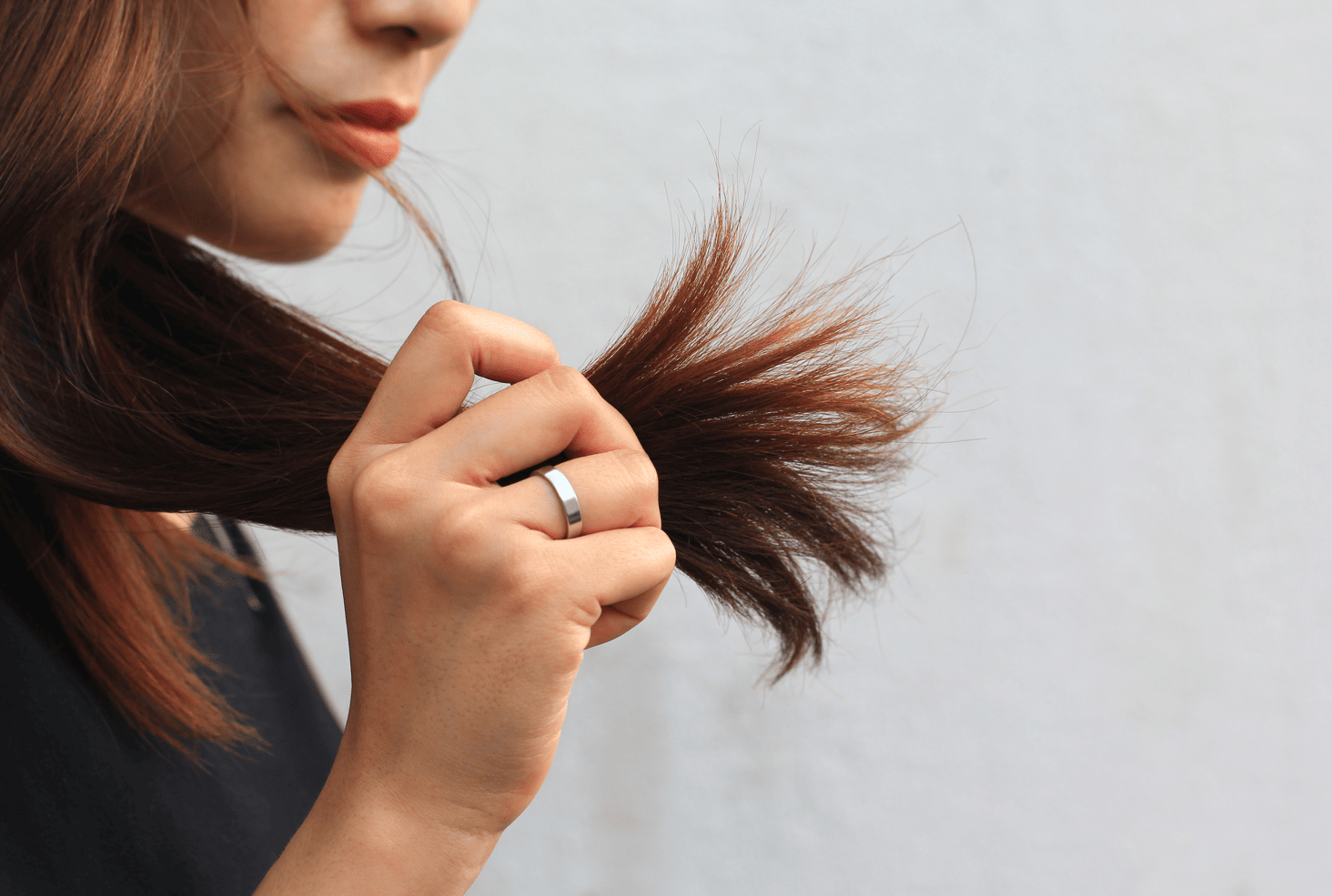Proper nutrition plays a critical role in the recovery process after degloved face injuries. These injuries, characterized by the forcible separation of the skin and soft tissues from the underlying bone and muscle structure of the face, demand a holistic approach to healing. In this comprehensive guide, we will explore the significance of nutrition in the recovery process and provide essential dietary tips to promote accelerated healing and overall well-being.
Table of Contents:
- Introduction
- Understanding Degloved Face Injuries
- The Role of Nutrition in Healing
- Key Nutrients for Recovery
- Dietary Tips for Accelerated Healing
- Hydration and its Impact
- Foods to Avoid
- Meal Planning and Adaptations
- The Importance of Consultation
- Conclusion: Nourishing the Path to Recovery
Introduction
Recovering from degloved face injuries is a multifaceted process that extends beyond medical treatment. Nutrition plays a crucial role in the rehabilitation process, aiding the body’s natural healing mechanisms and ensuring overall well-being.
Understanding Degloved Face Injuries
This section provides a comprehensive understanding of degloved face injuries, including their causes, physical effects, and the need for a holistic approach to recovery. A clear understanding of the injuries is vital for comprehending the role of nutrition.
The Role of Nutrition in Healing
Nutrition is integral to the healing process after degloved face injuries. This part of the guide explores the significance of proper nutrition in promoting tissue repair, reducing inflammation, and supporting overall health during recovery.
Key Nutrients for Recovery
Certain nutrients are particularly vital for the recovery process. We will delve into the key nutrients, including vitamins, minerals, and proteins, that aid in tissue regeneration, immune function, and reducing the risk of infection.
Dietary Tips for Accelerated Healing
This section provides practical dietary tips and recommendations for individuals recovering from degloved face injuries. It includes guidance on balanced meals, portion sizes, and strategies for meeting nutritional needs.
Hydration and its Impact
Staying adequately hydrated is essential for recovery. This part of the guide discusses the importance of hydration and its impact on healing, including its role in maintaining healthy skin and aiding digestion.
Foods to Avoid
Certain foods and dietary choices can hinder the healing process. This section will highlight foods to avoid, such as those high in sugar and processed ingredients, which can lead to inflammation and delayed recovery.
Meal Planning and Adaptations
Meal planning is a valuable strategy for ensuring a well-balanced diet during recovery. We will provide insights into meal planning and adaptations to suit the individual dietary needs of survivors.
The Importance of Consultation
Individual nutritional needs can vary, and consultation with a healthcare professional or registered dietitian is essential. This section emphasizes the importance of seeking professional guidance to tailor nutrition plans to specific requirements.
Conclusion: Nourishing the Path to Recovery
In the concluding segment, we will underscore the significance of nutrition in the recovery process after degloved face injuries. By adhering to sound dietary principles, individuals can nourish their bodies, promote accelerated healing, and support overall well-being during their journey to recovery.
This comprehensive guide aims to provide valuable information and dietary tips for individuals recovering from degloved face injuries. By understanding the role of nutrition in healing and employing practical dietary strategies, survivors can accelerate their recovery, reduce the risk of complications, and enhance their overall well-being during the healing process.




